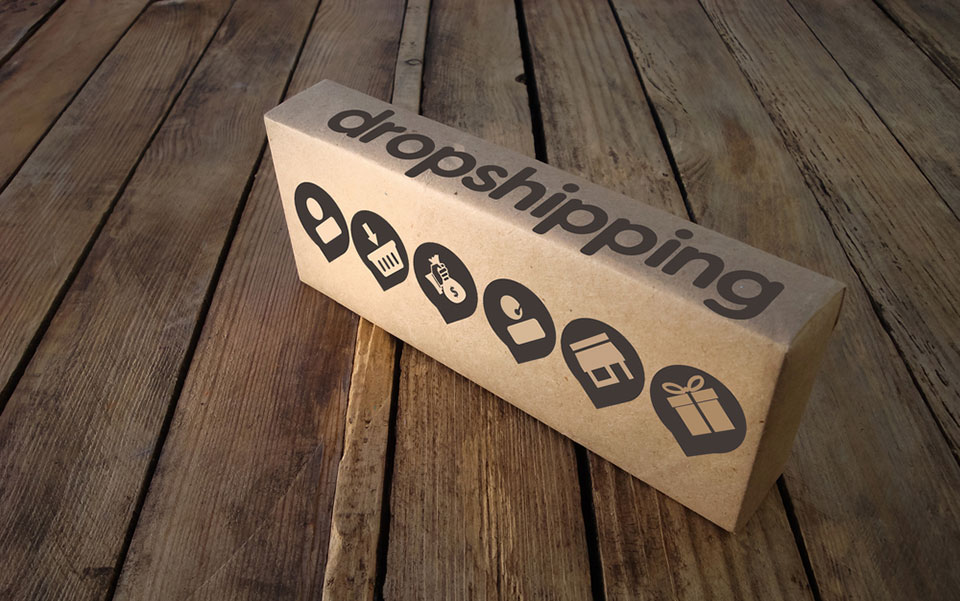Dropshippers are growing to dominate the eCommerce space, why is this and how do they find the right products?

With the increase of customers moving to online spaces for their shopping needs more and more companies are moving to dropshipping to accommodate this increase. People want cheap products delivered quickly from the comfort of their own homes, and dropshipping allows for that scale and quick turnaround times without needing physical stores.
The question then becomes, with so many different dropshipping platforms, such as HyperSKU; dropship product sellers, like AliExpress and options for what to sell, how do dropshippers decide what they should sell, and how do they find the right products?
This article will explore these questions and offer some advice on where you too can find the right dropshipping products.
What is dropshipping?
When purchasing products traditional retailers will normally buy a large quantity of a product so that it is always immediately available as soon as a customer wants it, and they can instantly replenish their store when something sells. If there are any leftover products that are out of season or aren’t selling as well these businesses will often have sales to get rid of this stock to make room for new items.
Dropshipping means that a business only carries the products that they know customers are buying, so cuts out the need for any sales or leftover unsold stock. Dropshipping businesses act as a sort of ‘middle-man’ where a customer will purchase something from the retailer, and then the retailer will purchase that product wholesale from a third party and upsell it to the customer. This gets rid of needing any unnecessary storage and means that the retailer is always ready to adapt to whatever is on trend.
What are dropshipping platforms?
In the most basic terms, dropshipping platforms are online platforms where you can sell your dropshipped products.
There are two major types of dropshipping platforms available: Marketplaces and customizable e-commerce platforms. Each has their benefits and their downsides and the choice between them lies with your company and figuring out what works best for you.
Marketplace platforms are platforms that already have an audience and you can sell your products under a profile, but the site isn’t your own, it simply hosts you. This is a good option if you’re just starting out and testing the water; getting used to having your own business. It’s usually easier to maintain as the framework already exists.
On the other hand, we have customizable e-commerce platforms. These platforms support you to host your own e-commerce site. They help you create your own site to sell your merchandise, so it appears more similar to any other business’s online site. This is good because it allows you to create your own image and not be held to some of the restrictions of the marketplace model. But it does also mean that there is less of an intrinsic customer base, and you’ll have to do more of the heavy lifting to begin with to get your company off the ground.
Both have their benefits and downsides, and it just depends on your own experience with e-commerce and how much control you want to have over your site.
Forecast for dropshipping
The world of dropshipping is evolving and growing, this is evident just from a look online, but what are the numbers behind this increase and is now really the right time to get into the sector?
In 2019 the dropshipping market was valued at $162.44 billion. This is a considerable amount but is expected to rise significantly further to $591.77 billion by 2027, more than a tripling of the current market. From 2020 to 2027 the compound annual growth rate is expected to be around 18.3%.
So with the question of whether this is a good time to get into the sector the answer is a resounding yes. More people are going to become aware of the amazing opportunities available in dropshipping, so it’s best to get in earlier rather than later to build your customer base.
Why are even traditional retailers moving to dropshipping?
Some of the reasons for this should have become self-evident through this article.
There are many different factors in this but the main ones are thus:
- Retailers are aware of the vast market increase that has already started and is expected to continue to increase, and it would be naive to ignore this.
- Dropshipping allows businesses to limit their storage space, hence saving money on the rent of unnecessary warehouses.
- It is a good way of reducing the number of sales your business has. Since you are only purchasing the stock you need as the need arises you don’t have as much unnecessary stock backlog, meaning that you don’t have to reduce your margins on those products to get more room for new stock.
These are some of the reasons that traditional retailers are moving over to dropshipping, there are others but these are the main pulls to the practice.
How to find dropshipping products
To find dropshipping products you must first know what kind of products you want to sell. Different wholesalers can specialize in different types of products, such as clothes or technology. The best way to find what niche you want to settle into is to see what products are doing well in the dropshipping sphere and then see what you think is missing.
There is little point in retreading ground that other businesses have, especially as they are likely to already have a dedicated user base. Seeing what departments are lacking is one of the best and most secure ways of finding out what products are best to build your business around.
Conclusion
Retailers are moving over to dropshipping because of the increase in people purchasing online. Dropshipping allows retailers to keep their prices low while maintaining high profits.
There are numerous different ways of finding dropshipping products, and knowing what you want to sell is the first step of the search. Different suppliers offer different incentives, whether that’s lower prices or faster deliveries, finding out what is most important to you will help you set up a secure and successful dropshipping business.
Have you read?
The three leadership truths that can be hard to learn by Fiona Logan.
The Surprisingly Simple Key to Success: Make Sure Your Business Relationships Serve You Well by Craig Archibald.
Computer Vision: the New Business Imperative for Labor Shortage by Emrah Gultekin.
3 Tactics to Maintain Institutional Knowledge When You Have C-Suite Turnover by Chris Burke.
Bring the best of the CEOWORLD magazine's global journalism to audiences in the United States and around the world. - Add CEOWORLD magazine to your Google News feed.
Follow CEOWORLD magazine headlines on: Google News, LinkedIn, Twitter, and Facebook.
Copyright 2025 The CEOWORLD magazine. All rights reserved. This material (and any extract from it) must not be copied, redistributed or placed on any website, without CEOWORLD magazine' prior written consent. For media queries, please contact: info@ceoworld.biz










